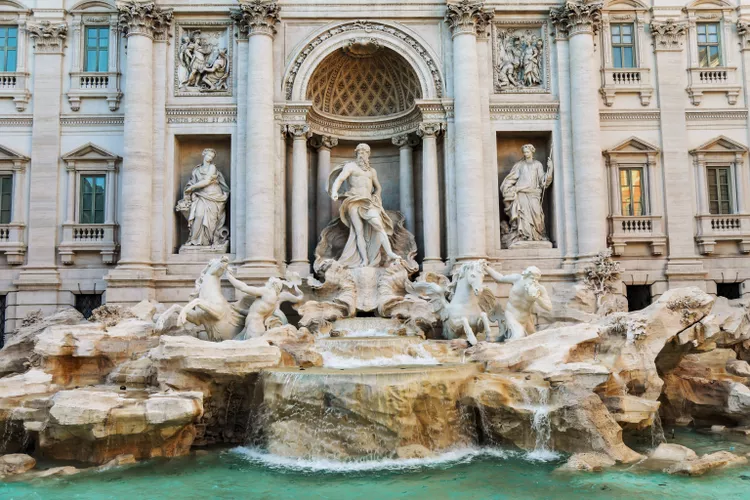Table of Contents
Exploring Rome
Rome is a marvelous city and deserves a visit of several days, weeks, or even months. Those of us who love cruising are lucky to get a few days in Rome, either as a port of call or as a pre-cruise or post-cruise extension. Rome is not actually on the Mediterranean Sea; it is situated on the Tiber River, which is too small for cruise ships to navigate. Ancient legends report that Rome was founded on the seven hills flanking the Tiber by the two brothers Romulus and Remus. Cruise ships port at Civitavecchia, and passengers can visit the city with a one-hour ride by bus or train. Consequently, visiting Rome by cruise ship is similar to visiting Florence—it’s not that easy to get from the sea to the city, but it’s well worth the trip.
Getting Around
Cruise ships dock in Civitavecchia, which has limited sights, so if your ship has only one day in port, you need to try to get into Rome via a shore excursion, shuttle, or by sharing a guide/taxi with fellow passengers. A hotel near the airport allows for an easy transfer when leaving Rome for the U.S.; however, it is a long taxi or train ride into the city.
Walking the streets of Rome is delightful. You can either walk or take a taxi or subway to the Colosseum, a perfect starting point for your tour. You can imagine the animals and gladiators in the small rooms beneath the Colosseum floor. Directly across the street lies the ancient Roman Forum, where visitors can tread the same streets as the ancient Roman citizens, allowing a glimpse into the past.
How to Spend a Day
With a detailed map of the city, you can walk to the Trevi Fountain from the Roman Forum. This fountain is a must-see for every visitor, who often toss in loose change. The Trevi Fountain, fed by the Acqua Vergine aqueduct, was completed in 1762. The area around it is typically crowded, so it’s advisable to safeguard your belongings. Nonetheless, it’s an enjoyable spot to savor gelato and engage in some people-watching.
The church adjacent to the Trevi Fountain may appear unremarkable but possesses a fascinating history. For years, popes willed their hearts and intestines to this church, and they were buried here. Legend states that the church was constructed on a site of a spring that appeared during Saint Paul’s beheading, at one of three locations where his head reportedly bounced off the ground. This goes to show that even an ordinary church in Rome can boast an extraordinary history!
After leaving the Trevi Fountain, wander the back streets toward the Spanish Steps. Close by is a large McDonald’s near the Piazza di Spagna and the Spanish Steps—a perfect place for quick refreshments. Rome, like many European cities, has fast-food options around every tourist attraction for those needing a brief stop.
The Spanish Steps, intriguingly, were not built by the Spanish; their name comes from their proximity to the Spanish Embassy during their construction in the 19th century. Instead, they were designed by an Italian architect with significant financial support from the French as an access point to the Church of Trinita dei Monti, which sits majestically at the top. Construction on the church began in 1502, but the steps were added later in 1725. At the foot of the steps is the former home of the renowned English poet John Keats.
Upon departing the Spanish Steps, you can indulge in some window shopping along the Via Condotti. This street is akin to paradise for those enamored with fashion, as it houses numerous famous—and lesser-known—fashion houses. Although shoppers can find these brands in the U.S., experiencing them in their original locations adds a unique charm.
By early evening, you may crave a drink or dinner. Numerous outdoor restaurants can be found near the Pantheon in Piazza della Rotunda. The Pantheon is Rome’s best-preserved ancient monument, having been reconstructed by Hadrian in 125 A.D. The builders used granite, which has contributed to its durability. Originally dedicated to all gods, it was transformed into a church by Pope Boniface IV in 609 A.D. The Pantheon boasts the widest flattened dome in the world, surpassing that of St. Peter’s by about 3 feet. Natural light streams in during the day, while rain can trickle through the opening in the dome on rainy days. The magnificent columns at the front make the Pantheon a perfect spot for a café visit in the piazza, ideal for reflecting on a day spent exploring the enchanting streets of Rome.





